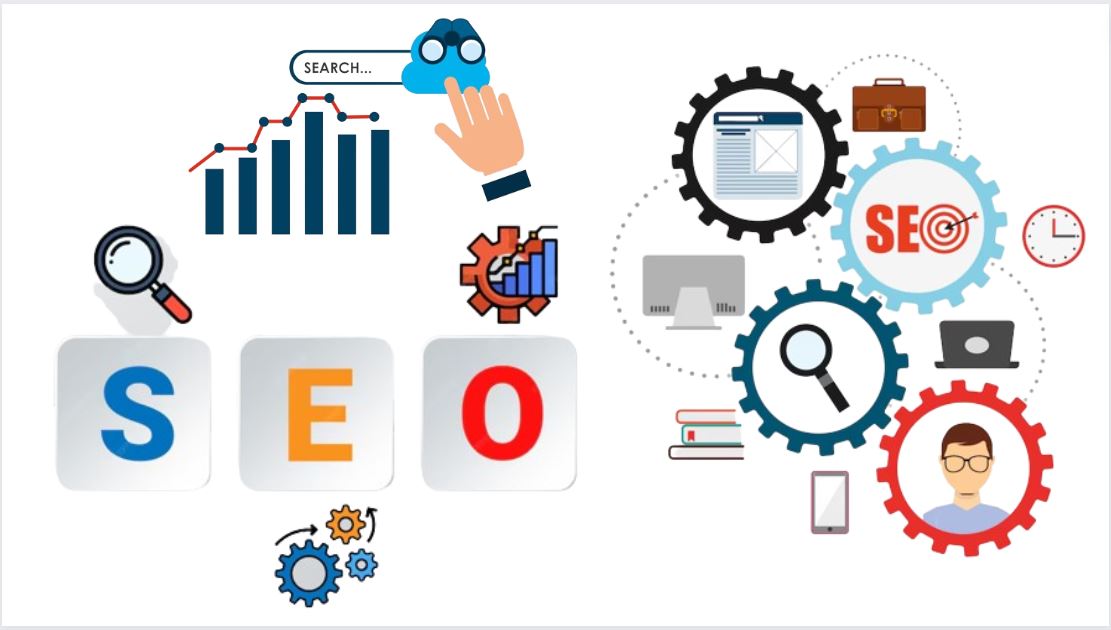📧 mithvin@gmail.com
📞+91 900 608 4701


Here, I have explained more than 20 SEO Glossary Terms to give you basis understandings about SEO terms. It’s basically for beginners. An SEO expert may skip this article because they are familiar with these terms.
Doing deep research, here we have provided a list of SEO Glossary Terms that will help you understand the basic vocab of Search Engine Optimization.
Let’s start with the Search Engine Optimization Glossary Terms one by one.
Alexa Rank is a website & a toolbar that tracks the number of hits (visitors) to a particular website and ranks them based on their engagements. The lower the Alexa Rank, the better it is.
Less than 15 Lacs Alexa ranking of a website is better.
In SEO, Backlink is the process of linking your site on another website. It is a kind of voting to a particular site from multiple pages existing on Google to bring it top of Google Search Pages.
Blog commenting is a way to get your name out there in the blogging community within your niche. Blog commenting can help to build relationships and authority in your industry. This will ultimately lead to organic links and new traffic.
The percentage of people that leave your site without visiting any other pages.
When a user follows a complete step of your goal, it’s called conversion. Conversion may be anything, such as signing up for your email list, buying a product, completing the survey form, and more.
Any text, image, video, audio, app, or other material published on the Internet for the audience is called content. If the fresh content will be used throughout the internet, traffic will increase faster on a particular website.
Moz gives a score that predicts how well a website will rank on search engine result pages (SERP). Domain Authority scores range from one to 100. The higher DA is a signal of higher authority and higher traffic to that website.
20-30 is the average DA. Anything above 40 is good, and more than 50 is excellent.
www.facebook.com: 100 DA
www.youtube.com: 100 DA
A forum is an Online community to discuss any topics. It’s a platform to learn and share your experience at the same time.
When you are invited to publish an article on someone else’s website or blog is called Guest Postings. This activity is being consider into SEO generate quality backlinks for your website. Also helpful for brand awareness and audience engagement.
After searching for something on Google, a user gets the top 10 websites on the front page along with the further page navigation option. By following the process, if the user can see your website info, is known as Impressions. After having an impression, they click on the link is called clicks.
The query user or a phrase a user enters on Google Search Bar to get some information is called a keyword. To start optimizing your website, you must perform the keyword research task to get the maximum result from your effort.
The page users access just after clicking the info given on the Google search page is known as the Landing Page. An optimized landing page must be short, informative, and include a perfect call to action.
It’s a score developed by Moz that predicts how well a specific page will rank on search engine result pages (SERP). Page Authority scores range from 1 to 100, with higher scores corresponding to a greater ability to rank. Google has discontinued the features that show the PA of any website.
30-40 is an average PA. Anything above 50 is good, and above 60 is excellent.
A top-level metric for user engagement is showing the average number of page views in each session.
To target the most searched terms related to your services in your posts followed by # tag helps to make your brand popular. In other words, this process is known as Social Media Optimization or in short, it’s SMO.
The number of impressions your post got on social media platforms such as Facebook, Twitter, Instagram, Pinterest, LinkedIn, or more.
A group of interactions one user takes within a given time frame on your website. Google’s default time frame of a session is 30 minutes in Google Analytics Tool. A session will be counted for all the activities you have done on a website. Activities may include page browsing, blog reading, downloading any file, purchasing your products, etc.
A view of a page on your site that is being tracked by the Analytics tracking code. If a user clicks reload after reaching the page, this is counted as an additional pageview. If a user navigates to a different page and then returns to the original page, a second pageview is recorded as well.
Pages per session, also called Average Page Depth, is the average number of pages viewed by each user during one session. On Google Analytics, this metric includes repeated views of a single page by the same user.
Page Per Session = Pageviews/Sessions
Analytics sums the duration of each session during the date range you specify and divides that sum by the total number of sessions. For example: Total Session Duration: 1000 minutes (60,000 seconds).
The percentage of people that leave a site without visiting any other pages is known as Bounce Rate. 40% to 60% is an average Bounce Rate whereas greater than 60% is the worst and less than 10% is an Excellent bounce rate.